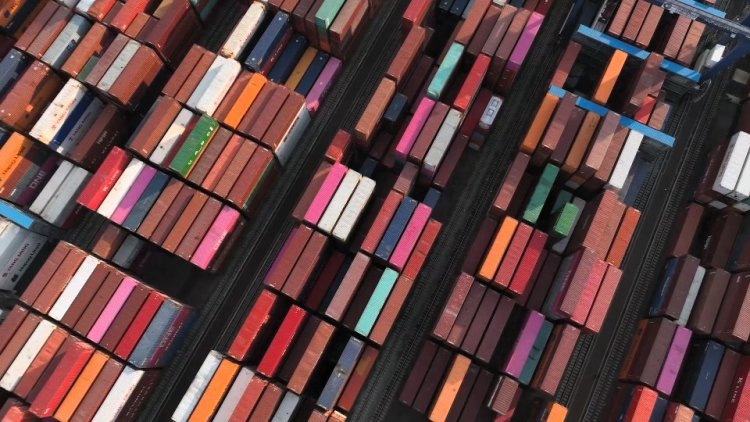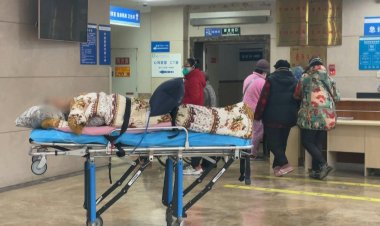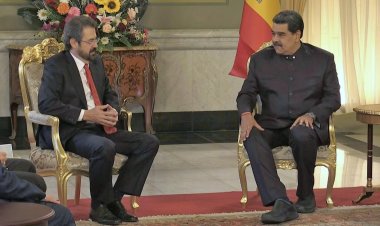China hikes tariffs on U.S. goods to 84%

China has raised its tariffs on U.S. goods to 84% in response to escalating trade tensions with the United States. The new tariff, implemented, follows Trump’s decision to impose a 104% tariff on Chinese imports, prompting Beijing to retaliate with a series of countermeasures. Previously, China had reacted to an earlier round of U.S. tariffs by setting its counter rate at 34%, but with President Trump increasing U.S. tariffs further to 104% and later to 125%, Beijing has adjusted its response accordingly.
In addition to the steep tariff increase, China has also placed 18 U.S. companies on trade restriction lists, signaling no immediate easing in the ongoing trade conflict. While the tit-for-tat measures are deepening the trade war, China is reportedly seeking to ease the overall impact of U.S. tariffs by negotiating enhanced trading agreements with other nations. President Xi Jinping is scheduled to visit Southeast Asian countries including Malaysia as part of these efforts.
Further diplomatic moves include a virtual meeting between China’s Commerce Minister Wang Wentao and European Commissioner for Trade and Economic Security Maros Sefcovic. Both sides agreed to uphold the multilateral trading system centered on the World Trade Organization (WTO). Sefcovic noted that U.S. tariffs have adversely affected international trade, and the EU is ready to collaborate with other WTO members, including China, to maintain normal trade operations.
The escalating tariff measures have unsettled global financial markets, with major indices in Europe and Asia declining amidst investor concerns. While Chinese markets experienced gains attributed to government interventions, U.S. agricultural stakeholders are facing severe impacts as China is a major market for American products. U.S. farmers, particularly vulnerable to the reduced exports, may receive additional aid from the administration, amid ongoing debates over the adequacy of existing relief efforts.















